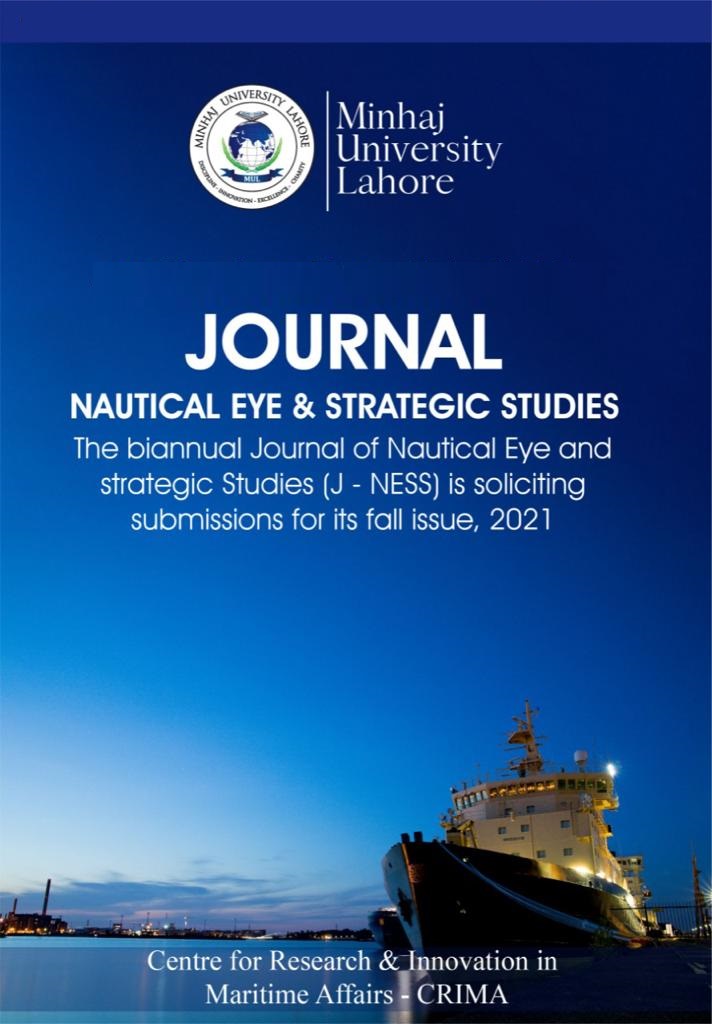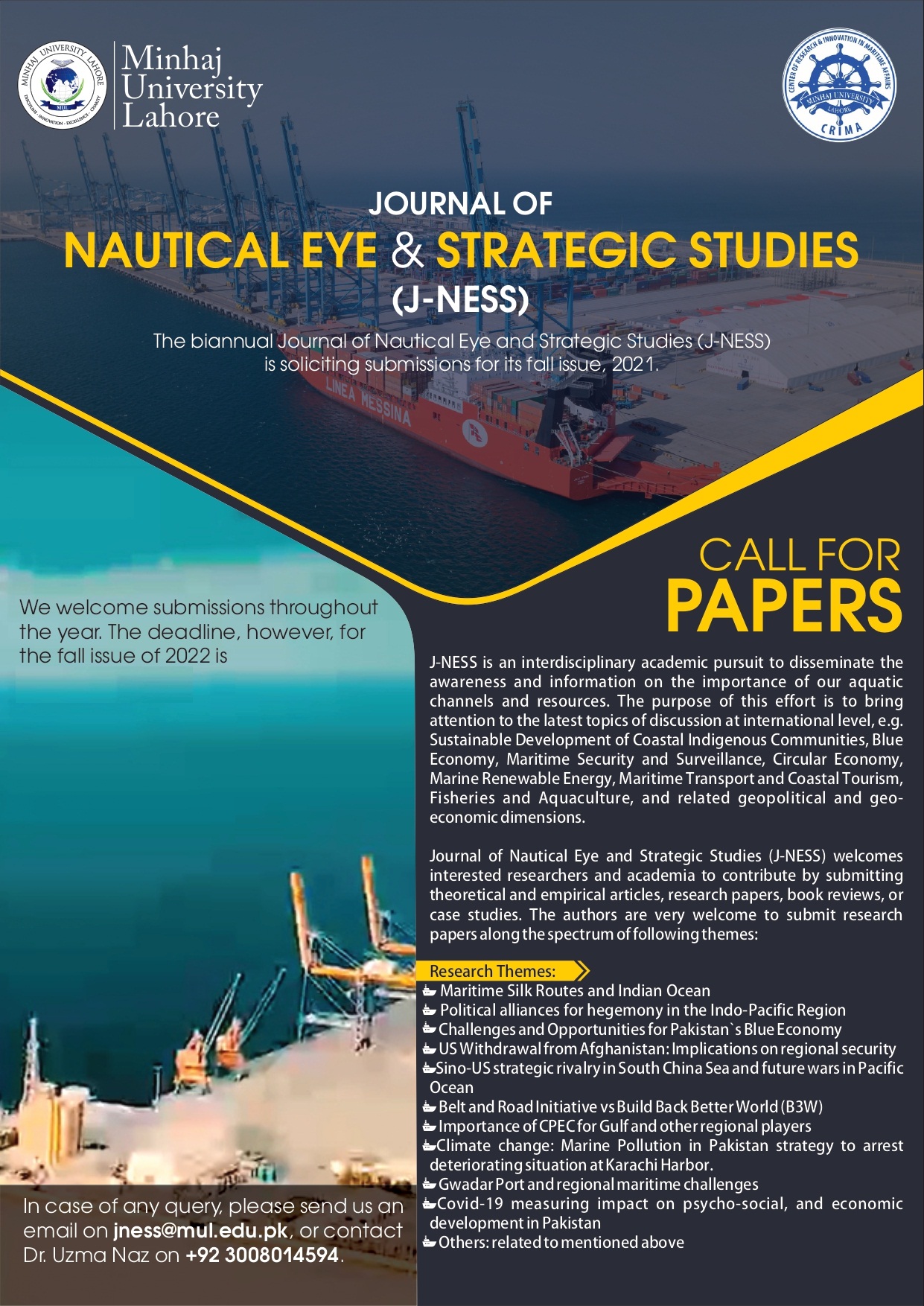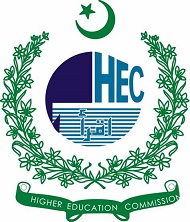Marine Pollution and Its Mitigation Strategies
DOI:
https://doi.org/10.58932/MULG0047Keywords:
Marine, Pollution, Mitigation strategies, Marine pollution sources, Marine Pollution Effects, Plastic, and Oil spills, Agriculture runoff, industrial wasteAbstract
Marine pollution is posing an unparalleled threat to the world's seas, with far-reaching effects on biodiversity, ecosystem health, and human well-being. This paper offers a thorough examination of the causes, effects, and methods for mitigating marine pollution, with an emphasis on oil spills, plastic pollution, runoff from agriculture, and industrial waste. We assess the efficacy of current mitigation strategies, such as alterations in behavior, legislative initiatives, and technological advancements. Our analysis emphasizes the need for a multifaceted strategy that tackles consumption patterns, waste management techniques, and climate change, the three main sources of marine pollution. We identify important research gaps and future directions, such as the creation of frameworks for international cooperation, climate-resilient infrastructure, and circular economy practices. With the goal of reducing marine pollution and advancing sustainable ocean management, this assessment intends to provide evidence-based policy and practices.
References
Bamaniya, K. P., Iqbal, G., & Bambhaniya, J. I. (2023). Sewage and its impact on aquatic ecosystems. Occupational health hazards of workers. AgriGate - An International Multidisciplinary e-Magazine, 3(8).
Boesch, D. F., Burroughs, R. H., Baker, J. E., Mason, R. P., Rowe, C. L., & Siefert, R. L. (2001). Marine pollution in the United States. Pew Oceans Commission. Retrieved from https://www.iatp.org/sites/default/files/Marine_Pollution_in_the_United_States.htm
Duraisamy, A., & Latha, S. (2011). Impact of pollution on marine environment—a case study of coastal Chennai. Indian Journal of Science and Technology, 4, 259-262. Retrieved from https://sciresol.s3.us-east-2.amazonaws.com/IJST/Articles/2011/Issue-3/Article23
Fabricius, K. E. (2005). Effects of terrestrial runoff on the ecology of corals and coral reefs: Review and synthesis. Marine Pollution Bulletin, 50(2), 125-146. https://doi.org/10.1016/j.marpolbul.2004.11.028
Food and Agriculture Organization. (2020). The state of world fisheries and aquaculture 2020. Retrieved from https://www.fao.org/publications/sofia/2020/en/
González-Rivas, D. A., Tapia-Silva, F. O., Bustillos-Guzmán, J. J., Revollo-Fernández, D. A., Beltrán-Morales, L. F., Lluch-
Cota, D. B., & Ortega-Rubio, A. (2020). Estimating nitrogen runoff from agriculture to coastal zones by a rapid GIS and remote sensing-based method for a case study from the irrigation district Río Mayo, Gulf of California, Mexico. Frontiers in Marine Science, 7, 316. https://doi.org/10.3389/fmars.2020.00316
International Agency for Research on Cancer. (2009). A review of human carcinogens: Metals, arsenic, dust, and fibers. The Lancet Oncology, 10(5), 453-454. https://doi.org/10.1016/s1470-2045(09)70134-2
Isangedighi, I. A., & David, G. S. (2019). Heavy metals contamination in fish: Effects on human health. Journal of Aquatic Science and Marine Biology, 2(4), 7-12.
Joshi, D. K. (2014). Environmental analysis with response to air. International Journal of Physical and Social Sciences, 4(4), 483-495. Retrieved from https://www.indianjournals.com/ijor.aspx?target=ijor:ijpss&volume=4&issue=4&article=039
Landrigan, P. J., Stegeman, J. J., Fleming, L. E., Allemand, D., Anderson, D. M., Backer, L. C., ... & Rampal, P. (2020). Human health and ocean pollution. Annals of Global Health, 86(1). https://doi.org/10.5334/aogh.2831
Law, K. L., Morét-Ferguson, S., Maximenko, N. A., Proskurowski, G., Peacock, E. E., Hafner, J., & Reddy, C. M. (2010). Plastic accumulation in the North Atlantic subtropical gyre. Science, 329(5996), 1185-1188. https://doi.org/10.1126/science.1192321
Magera, A. M., Mills Flemming, J. E., Kaschner, K., Christensen, L. B., & Lotze, H. K. (2013). Recovery trends in marine mammal populations. PLOS ONE, 8(10), e77908. https://doi.org/10.1371/journal.pone.0077908
Mei, H., & Yin, Y. (2009). Studies on marine oil spills and their ecological damage. Journal of Ocean University of China, 8, 312-316. https://doi.org/10.1007/s11802-009-0312-5
Peterson, C. H., Rice, S. D., Short, J. W., Esler, D., Bodkin, J. L., Ballachey, B. E., & Irons, D. B. (2003). Long-term ecosystem response to the Exxon Valdez oil spill. Science, 302(5653), 2082-2086. https://doi.org/10.1126/science.1084282
Rafaqat, M. ., Azad, F. ., Ahmad, S. ., Aijaz, K. ., Ikram, S. H. ., Bashir, U. ., Bhatti, M. A. A. ., & Saeed, S. . (2024). Impact of Governance and Strategy Performance on Employer Branding. Research Journal for Societal Issues, 6(2), 852–867.
Sarkar, A., Ray, D., Shrivastava, A. N., & Sarker, S. (2006). Molecular biomarkers: Their significance and application in marine pollution monitoring. Ecotoxicology, 15, 333-340. https://doi.org/10.1007/s10646-006-0069-1
Tong, S., & Ebi, K. (2019). Preventing and mitigating health risks of climate change. Environmental Research, 174, 9-13. https://doi.org/10.1016/j.envres.2019.04.012
Verma, J., Pant, H., Singh, S., & Tiwari, A. (2020). Marine pollution, sources, effect and management. In Three major dimensions of life: Environment, agriculture and health (pp. 270-276). Society of Biological Sciences and Rural Development.
Wilhelmsson, D., Thompson, R. C., Holmström, K., Lindén, O., & Eriksson-Hägg, H. (2013). Marine pollution. In Managing ocean environments in a changing climate: Sustainability and economic perspectives (pp. 127-169).
World Health Organization. (2020). State of the world’s sanitation: An urgent call to transform sanitation for better health, environments, economies and societies. Retrieved from https://iris.who.int/handle/10665/336688
Yakamercan, E., & Aygün, A. (2021). Ecological risk assessment of domestic sewage sludge: A case study. Sigma Journal of Engineering and Natural Sciences, 39(4), 422-433. Retrieved from https://dergipark.org.tr/en/pub/sigma
Zitko, V. (2000). Marine pollution. Marine Chemistry, 75-109. https://doi.org/10.1007/10683826_4
Downloads
Published
How to Cite
Issue
Section
License
Copyright (c) 2024 Journal of Nautical Eye and Strategic Studies

This work is licensed under a Creative Commons Attribution-NonCommercial 4.0 International License.










